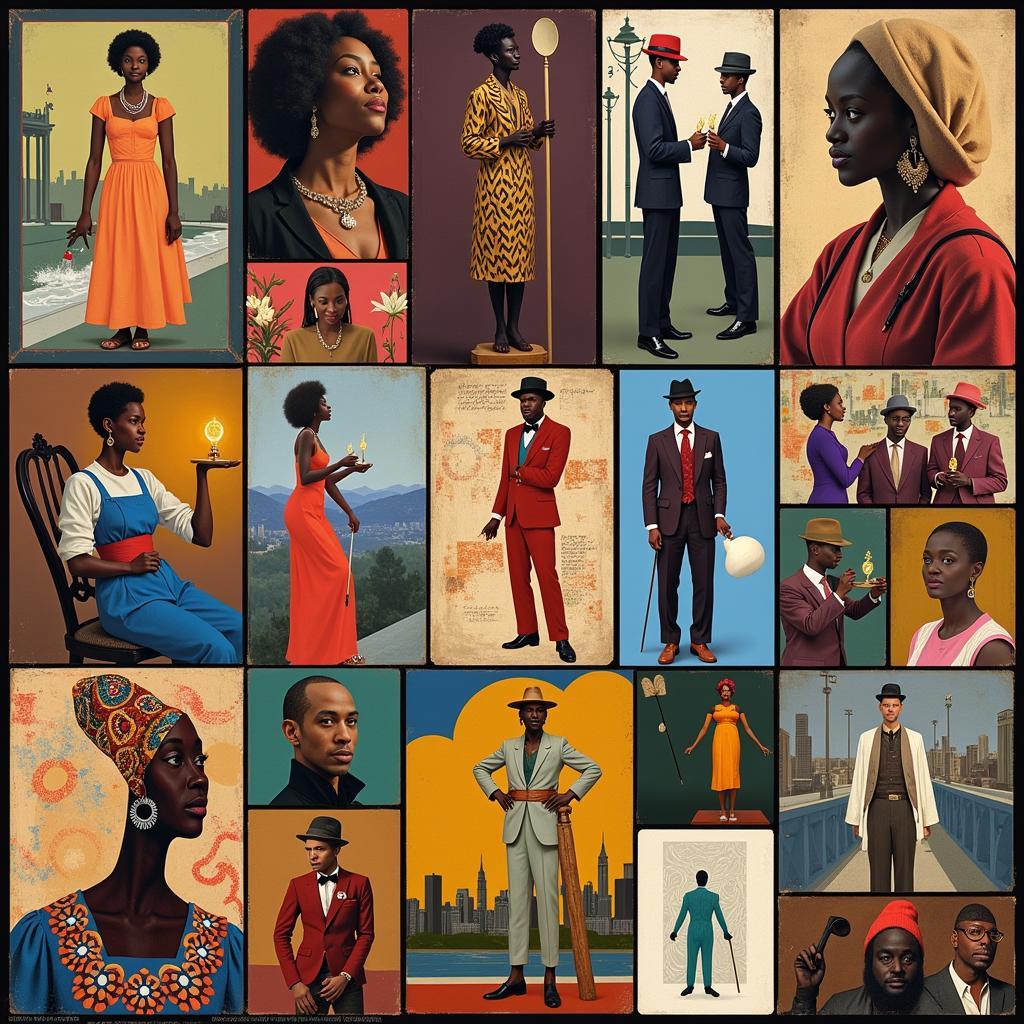The Harlem Renaissance, a period of immense creativity during the 1920s and 1930s, had a profound impact on art, culture, and society, not just in America but across the globe. This cultural movement, centered in the Harlem neighborhood of New York City, was a time of unprecedented artistic output and intellectual ferment among African Americans. It was a powerful response to the widespread racism and discrimination of the Jim Crow era and became a catalyst for social change and a redefinition of the African American identity.
The Birth of a Cultural Phenomenon: Setting the Stage for the Harlem Renaissance
The Great Migration, which saw millions of African Americans move from the rural South to the industrial North in search of better opportunities, played a crucial role in the emergence of the Harlem Renaissance. This massive demographic shift led to the development of concentrated African American communities, particularly in Harlem, which became a fertile ground for cultural exchange and artistic expression.
 African Americans Migrating North
African Americans Migrating North
A New Voice in Art: Expressing Black Identity Through Creativity
The Harlem Renaissance was characterized by a flourishing of artistic expression in various forms. Artists like Aaron Douglas, with his unique blend of African art and modernism, and William H. Johnson, known for his bold and colorful folk art style, challenged traditional artistic conventions and explored themes of Black identity, heritage, and the realities of Black life in America.
Sculptors like Augusta Savage captured the strength and resilience of Black people through powerful figurative works, while photographers like James Van Der Zee documented the vibrant life and diverse experiences within the Harlem community.
 Art of the Harlem Renaissance
Art of the Harlem Renaissance
The Power of Words: Literature as a Tool for Social Commentary
Literature played a central role in the Harlem Renaissance, with writers like Langston Hughes, Zora Neale Hurston, and Countee Cullen becoming leading voices of their generation. Their works explored themes of love, race, identity, and the complexities of the African American experience, often using vernacular language and rhythms to capture the authenticity of Black voices.
Through their powerful narratives, essays, and poems, they challenged stereotypes, celebrated Black culture, and gave voice to a community struggling for equality and recognition.
Music to Move the Soul: Jazz, Blues, and the Rhythm of a New Era
Music was the heartbeat of the Harlem Renaissance. Jazz, in particular, flourished during this period, becoming synonymous with the energy and spirit of the movement. Musicians like Duke Ellington, Louis Armstrong, and Bessie Smith captivated audiences with their improvisational skills, soulful melodies, and infectious rhythms.
Jazz clubs like the Cotton Club and the Savoy Ballroom became legendary venues where both Black and white audiences flocked to experience the electrifying sounds of the era.
Lasting Impacts: The Legacy of the Harlem Renaissance
The Harlem Renaissance was a pivotal period in American history, leaving behind a legacy that continues to inspire and influence art, culture, and society today.
- A Foundation for the Civil Rights Movement: The Harlem Renaissance helped pave the way for the Civil Rights Movement of the 1950s and 1960s by promoting Black pride, challenging racial stereotypes, and demanding social and political equality.
- A Lasting Impact on Artistic Expression: The innovative art, literature, and music that emerged from the Harlem Renaissance broke down racial barriers and redefined American culture, influencing generations of artists across various disciplines.
- A Celebration of Black Identity: Perhaps most importantly, the Harlem Renaissance provided a platform for African Americans to celebrate their heritage, embrace their cultural identity, and assert their rightful place in American society.
The Harlem Renaissance was a testament to the power of art to transcend boundaries, challenge societal norms, and inspire hope and change. It remains a shining example of the transformative power of cultural movements in shaping our understanding of the world and ourselves.